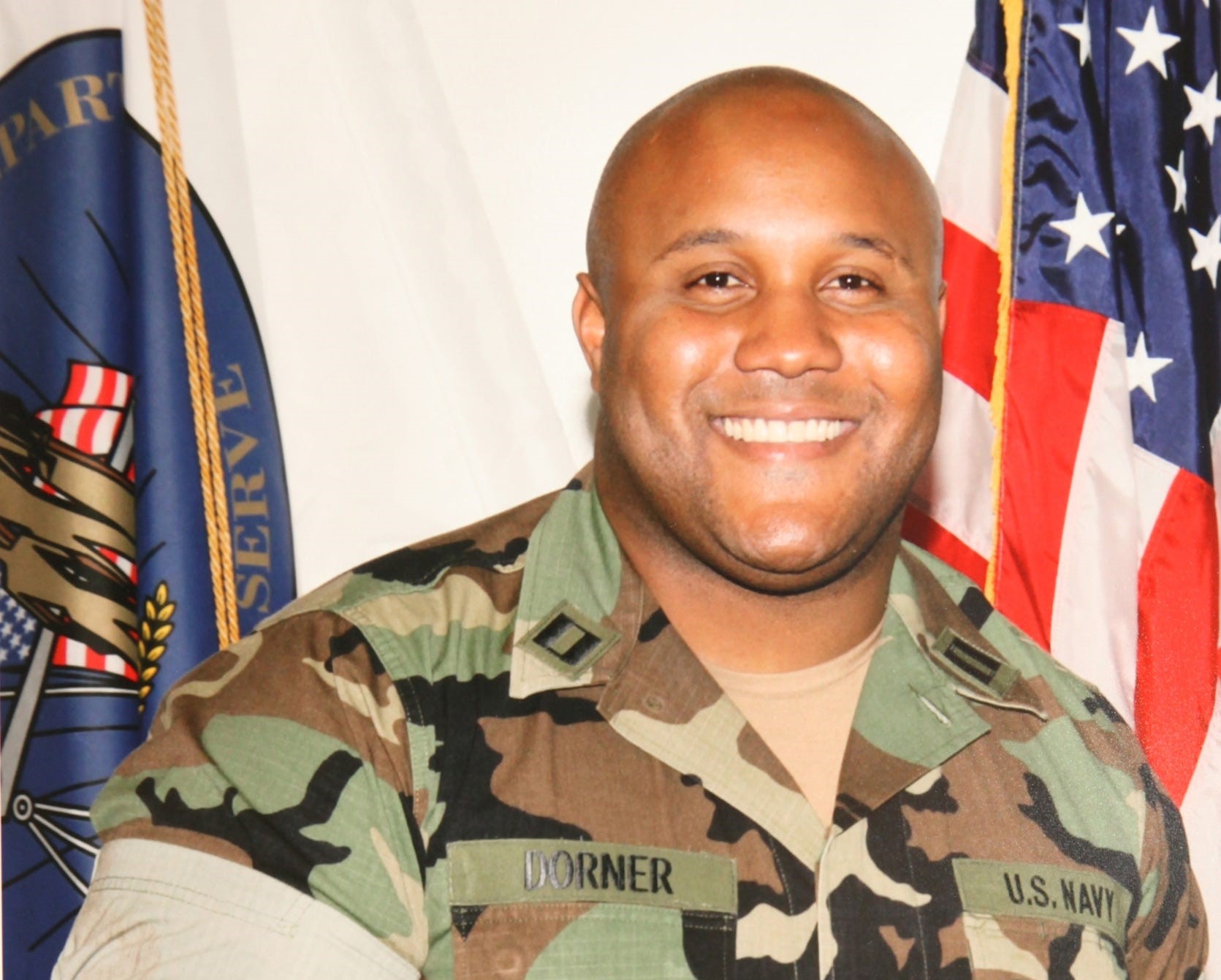
Christopher Dorner was a former LAPD officer who became infamous for his 2013 rampage against law enforcement. His actions sparked a massive manhunt and intense media coverage. But who was Christopher Dorner, and what led him down this dark path? Understanding his background, motivations, and the events that unfolded can shed light on this tragic chapter in recent history. From his military service to his grievances with the LAPD, Dorner's story is complex and multifaceted. Here, we delve into 37 compelling facts about Christopher Dorner, aiming to provide a comprehensive overview of his life and the circumstances that led to his notorious actions.
Key Takeaways:
- Christopher Dorner's life was marked by achievements and controversies, leading to a tragic end. His actions sparked discussions about police misconduct, racism, and mental health struggles.
- The manhunt for Dorner had a lasting impact, prompting changes in law enforcement policies. His story sheds light on the complexities of human behavior and the need for transparency and accountability.
Early Life and Background
Christopher Dorner's early years and background provide insight into his later actions. Here are some key facts about his upbringing and formative years.
- Born on June 4, 1979, in New York, Dorner moved to Southern California with his mother after his parents divorced.
- He attended Cypress High School in Cypress, California, where he was known for his athletic abilities, particularly in football.
- Dorner graduated from Southern Utah University in 2001 with a degree in political science and a minor in psychology.
- He joined the United States Navy in 2002, where he served as a naval reservist and received commendations for his service.
Career in Law Enforcement
Dorner's career in law enforcement was marked by both achievements and controversies. These facts highlight his time with the LAPD.
- Dorner joined the Los Angeles Police Department (LAPD) in 2005, starting as a probationary officer.
- He was assigned to the Harbor Division, where he worked on patrol duties.
- In 2007, Dorner reported his training officer, Teresa Evans, for alleged use of excessive force against a suspect.
- The LAPD conducted an internal investigation and found Dorner's claims to be unfounded, leading to his dismissal in 2008 for making false statements.
The Manifesto
Dorner's manifesto, released in 2013, outlined his grievances and intentions. Here are some key points from this document.
- The manifesto was posted on Facebook and spanned 11,000 words.
- Dorner expressed anger over his dismissal from the LAPD, claiming it was unjust and racially motivated.
- He named specific individuals he held responsible for his perceived mistreatment.
- The manifesto included threats against law enforcement officers and their families.
- Dorner also expressed admiration for certain public figures and criticized others.
The Manhunt
The manhunt for Dorner was one of the largest in California's history. These facts detail the events that unfolded.
- The manhunt began on February 3, 2013, after the murders of Monica Quan and her fiancé, Keith Lawrence.
- Dorner was identified as the prime suspect due to his manifesto and connections to the victims.
- Law enforcement agencies across Southern California were mobilized to capture Dorner.
- A $1 million reward was offered for information leading to his capture.
- Dorner engaged in multiple shootouts with police during the manhunt.
The Final Stand
Dorner's final stand took place in a cabin in Big Bear Lake, California. Here are the key facts about this confrontation.
- On February 12, 2013, Dorner was located in a cabin in the San Bernardino Mountains.
- A standoff ensued, lasting several hours, with heavy gunfire exchanged between Dorner and law enforcement.
- The cabin caught fire during the standoff, possibly due to tear gas canisters used by police.
- Dorner's charred remains were found in the cabin after the fire was extinguished.
- The cause of death was determined to be a self-inflicted gunshot wound to the head.
Public Reaction and Legacy
The events surrounding Dorner's actions and the subsequent manhunt left a lasting impact. These facts explore the public reaction and his legacy.
- The case received extensive media coverage, both nationally and internationally.
- Some individuals expressed sympathy for Dorner's grievances, while condemning his violent actions.
- The LAPD faced scrutiny and criticism for its handling of Dorner's dismissal and the subsequent investigation.
- The case prompted discussions about police misconduct, racism, and the use of force within law enforcement.
- Several lawsuits were filed against the LAPD by individuals claiming they were wrongfully targeted during the manhunt.
Personal Life
Dorner's personal life also sheds light on his character and motivations. Here are some facts about his private life.
- Dorner was married briefly, but the marriage ended in divorce.
- He had no children.
- Friends and acquaintances described him as intelligent, disciplined, and driven.
- Dorner struggled with depression and feelings of isolation, particularly after his dismissal from the LAPD.
Military Service
Dorner's military service played a significant role in his life. These facts highlight his time in the Navy.
- Dorner served in the Navy from 2002 to 2013, achieving the rank of lieutenant.
- He was deployed to Bahrain and received several commendations, including the National Defense Service Medal and the Iraq Campaign Medal.
- Dorner was honorably discharged from the Navy in 2013, shortly before the manhunt began.
- His military training and experience contributed to his ability to evade capture during the manhunt.
Impact on Law Enforcement Policies
The Dorner case led to changes in law enforcement policies and practices. Here are some key facts about these changes.
- The LAPD implemented reforms aimed at improving transparency and accountability, including changes to the disciplinary process and the handling of officer complaints.
Reflecting on Christopher Dorner's Legacy
Christopher Dorner's story is a complex one, filled with controversy, tragedy, and lessons. His actions sparked intense debates about police misconduct, mental health, and justice. Dorner's manifesto shed light on his grievances, but his violent methods overshadowed any potential for positive change. The manhunt for Dorner was one of the largest in California's history, involving multiple law enforcement agencies and capturing national attention. His legacy remains a cautionary tale about the consequences of unresolved anger and frustration. While some view him as a symbol of resistance against corruption, others see him as a criminal who took innocent lives. Understanding Dorner's story requires looking beyond the headlines and considering the broader issues he brought to the forefront. His life and actions continue to be a topic of discussion, reminding us of the importance of addressing systemic problems in a constructive manner.
Frequently Asked Questions
Was this page helpful?
Our commitment to delivering trustworthy and engaging content is at the heart of what we do. Each fact on our site is contributed by real users like you, bringing a wealth of diverse insights and information. To ensure the highest standards of accuracy and reliability, our dedicated editors meticulously review each submission. This process guarantees that the facts we share are not only fascinating but also credible. Trust in our commitment to quality and authenticity as you explore and learn with us.


